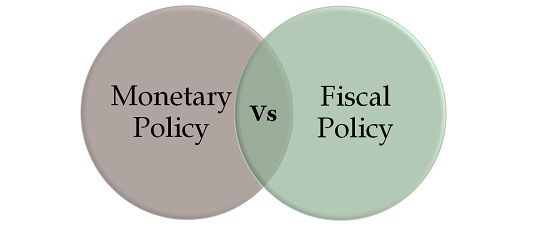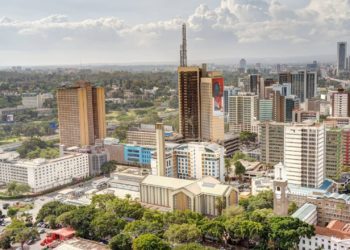Kenya’s economic landscape is showing promising signs of recovery, with key indicators such as inflation, exchange rate stability, and private sector credit growth moving in a positive direction. The Monetary Policy Committee’s press release following its meeting on 10th June 2025 shows an optimistic path forward. While the economy is by no means out of the woods, the data reflects improving macroeconomic conditions. Still, one issue looms large and worrying the country’s public debt burden currently at 70.5% as at 30th May 2025.
First, the good news. Inflation has been brought to heel. With the overall inflation dropped to 3.8% in May 2025, well below the mid-point of the Central Bank’s 2.5 – 7.5 target range. Thanks to lower electricity and food prices. This is therefore a vital development as it brings relief to consumers, particularly the low-income households most affected by rising prices in previous years.
Secondly, the Kenya Shilling has stabilized which is an encouraging sign for both investors and importers. Central Bank foreign exchange reserves now stand at USD 10.8 bn, the highest in recent years, giving the country a healthy buffer against external shocks. As the global economy remains uncertain rattled by trade tensions and geopolitical instability—Kenya’s currency resilience and strong external position stand out as a rare bright spot in the region.
Monetary policy has responded accordingly. In a bid to further stimulate credit and economic activity, the Central Bank lowered the benchmark interest rate by 25 basis points to 9.75%. This comes at a time when credit to the private sector showing signs of recovery with Lending growth moving to 2.0% in May from a contraction of 2.9% in January, marking a slow but promising rebound in economic confidence.
Yet, beneath this improving surface lies a persistent challenge, public debt. While the MPC statement acknowledges ongoing fiscal consolidation efforts, Kenya’s debt servicing obligations remain heavy and sustained economic progress will depend on how boldly we confront this debt problem. Without stronger fiscal discipline, the gains from monetary policy could be overshadowed by fiscal risks. Now is the time for alignment between fiscal and monetary policy to deliver prosperity.
















